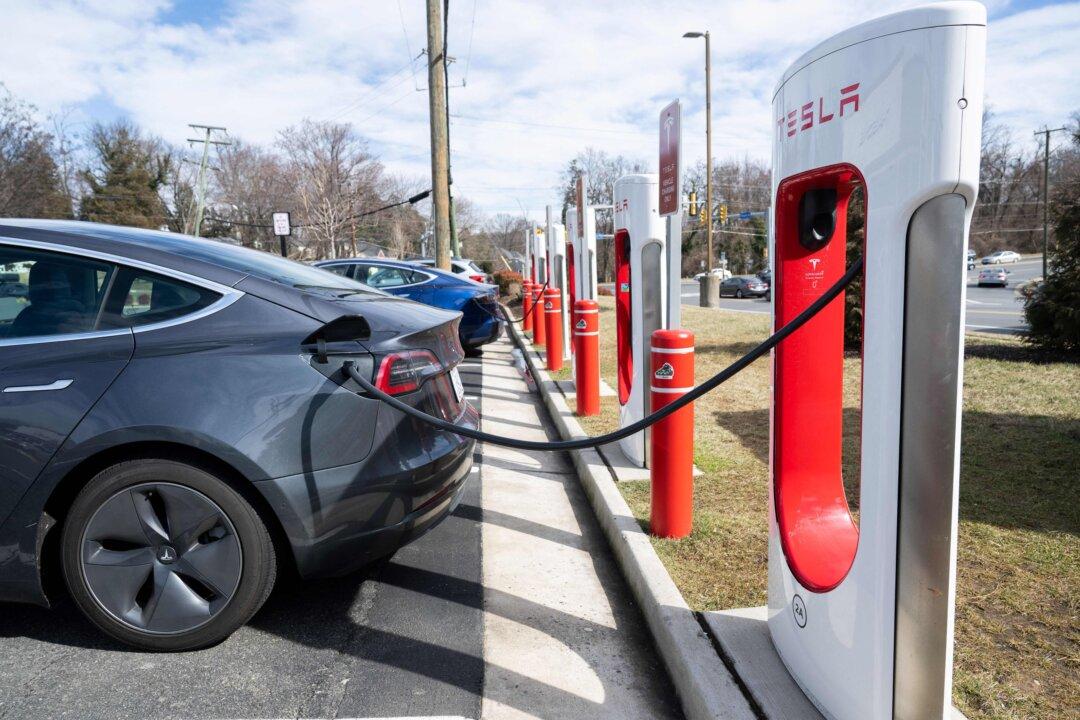Regulatory amendments to make all new light-duty vehicles sold in Canada zero-emission electric by 2035 is estimated to cost consumers $17.4 billion between 2024 and 2050, government documents show.
The regulatory impact analysis statement, released Dec. 21, says that this switch to zero-emission electric vehicles (ZEVs)—for passenger cars, SUVs, and light trucks—is expected to cost Canadian consumers $54.1 billion but let them save $36.7 billion in energy costs. That represents a net cost of $17.4 billion.





